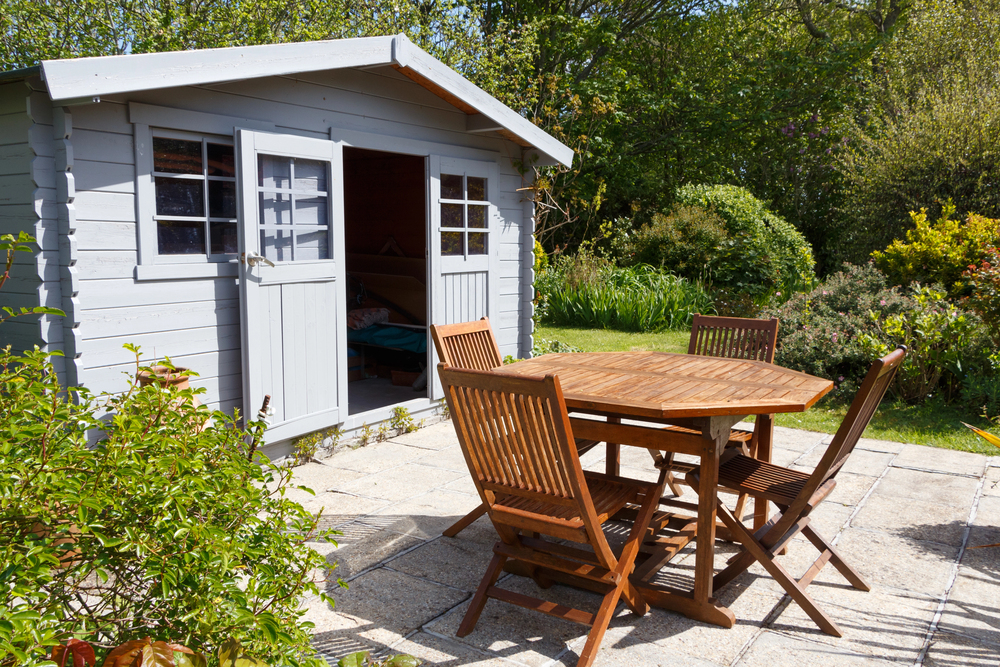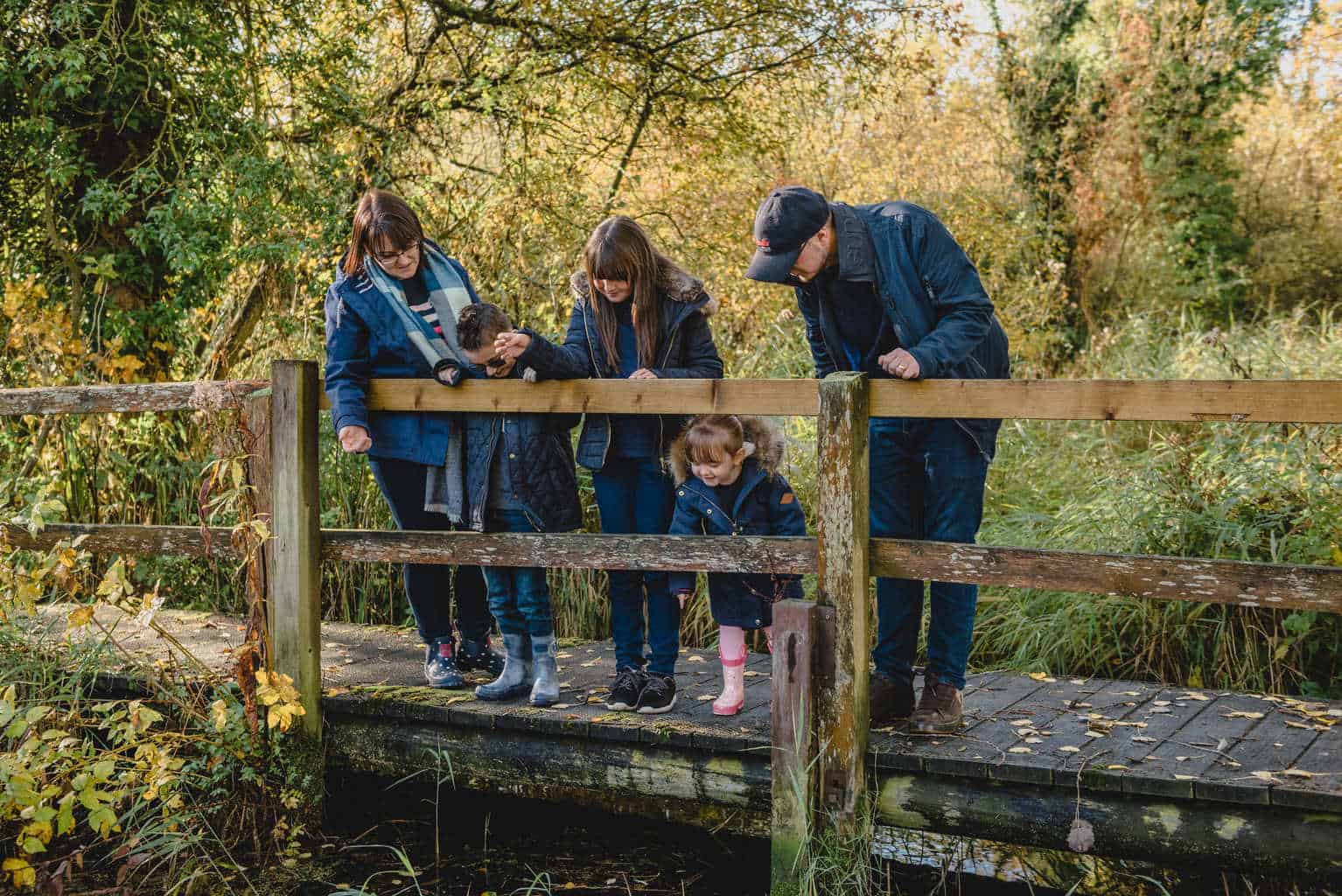For many families, the garden shed quickly becomes the go-to place for everything that doesn’t fit inside the house. From bikes and scooters to gardening tools and outdoor toys, it’s a hub of activity and storage. But while it’s convenient, a shed can also pose safety risks if children have easy access to cluttered or poorly maintained spaces. Creating a garden shed that feels safe for kids while still being useful for the entire household requires some planning, but the results can make family life much easier.
The Hidden Dangers in a Family Shed
It’s easy to underestimate the potential hazards a garden shed can pose. Sharp tools left within reach, unsecured garden chemicals, and heavy items stacked without support can all create risks for curious children. Even something as simple as a cluttered floor can lead to trips and falls when kids rush in to grab their toys or bikes. Weather damage is another concern, as warped doors or loose panels may not seem urgent but can compromise the structure’s stability over time. Spotting these risks early is the first step in creating a safer space for the whole family.

Safe Entrances and Exits
The way a shed opens and closes makes a big difference to how practical and safe it feels. Doors that are narrow, stiff, or damaged can make everyday use awkward, especially when children are nearby. Choosing double shed doors provides a wider opening, allowing items such as bikes, scooters, or pushchairs to be moved in and out with less effort. Strong hinges and reliable locks also help keep the entrance secure, ensuring that little ones don’t wander in unsupervised. A garden shed that is easily accessible is far safer for both children and parents.
Organising for Safety and Space
Good organisation is one of the simplest ways to make a garden shed safer for children while keeping it useful for the whole family. Heavy or hazardous items should always be stored higher up on sturdy shelving, while lighter or child-friendly belongings can be kept lower down for easy access. Clear storage bins help reduce clutter and prevent trips or falls. Grouping items into zones, such as a corner for sports equipment and another for gardening supplies, makes it easier to find what you need without children rummaging through everything.

Child-Proofing Strategies That Work
Small changes can make a shed much safer for children without reducing its usefulness. Adding a lock or child-proof latch to the door prevents unsupervised access, while shelving at adult height keeps sharp tools and chemicals out of reach. Ventilated storage boxes are a smart way to keep paints or garden products, helping to reduce the risk of fumes.
Regular checks for damp patches or leaks are also important, as slippery floors can quickly become a hazard. RoSPA’s information on accidents to children shows that falls, cuts, and contact with hazardous products are among the most frequent risks, which makes shed safety an essential priority for families.
Maintaining a Safe Family Shed Long-Term
Making a garden shed safe for children isn’t a one-time task. Seasonal clear-outs help prevent clutter from accumulating, while regular checks on locks, hinges, and shelving ensure everything remains in good working order. It’s also worth teaching older children how to treat the shed with care so they understand which items are off-limits. Simple organisation ideas, such as tips on making the most of shed storage, can be adapted as family needs change. With consistent attention, the shed can remain both safe and practical for years to come.

Conclusion
A shed is one of the most useful spaces a family can have, but it also comes with responsibilities when children are around. By identifying risks, improving access, and adding straightforward child-proofing measures, parents can create a garden shed that is both safe and functional. With small upgrades and ongoing care, the garden shed can confidently serve as a reliable part of family life.
Image Credit: depositphotos.com






























